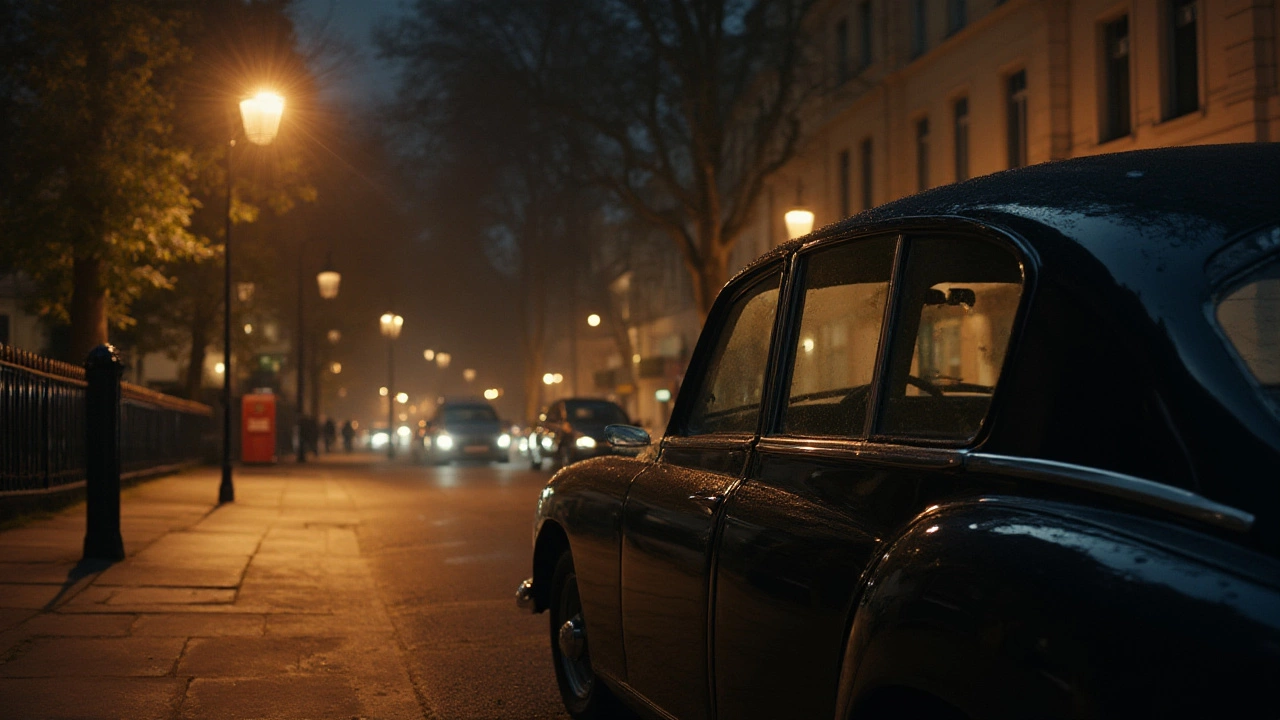Night Vision Tint – What It Is and Why You’ll Want It
Ever feel like the road disappears when the headlights hit a wet surface at night? That glare can make driving stressful and unsafe. Night vision tint is a special type of window film designed to cut down on glare while still letting enough light in so you can see clearly. It’s not magic; it’s a thin layer of metal or ceramic particles that filter out the harshest light. The result is a calmer view, less eye strain, and a cooler look for your car.
How Night Vision Tint Works
The film works by reflecting a portion of the incoming light before it reaches your eyes. Unlike dark tint that blocks most light, night vision tint is tuned to block the intense, high‑frequency glare that comes from on‑coming headlights and street lamps. The remaining light passes through, keeping the interior bright enough for safety. Some brands use nano‑ceramic technology, which offers consistent performance across different temperatures – you won’t get a sudden darkening when the sun heats up the glass.
Installation is similar to regular tint: the film is cut to fit each window and then applied with a special adhesive. A professional will use a heat gun to smooth out bubbles and ensure a perfect seal. If you’re a DIY enthusiast, you can buy a pre‑cut kit, but be aware that a bad install can cause bubbles, peeling, or reduced visibility.
Benefits and Things to Watch Out For
The biggest benefit is reduced glare. For many drivers, especially those who commute at night, that means fewer headaches and less fatigue. Night vision tint also adds a layer of privacy – people can’t easily see inside your car. On top of that, the film can block up to 99% of UV rays, protecting your interior from fading and cracking.
But there are a few things to consider. First, every region has legal limits on how dark window tints can be. Night vision tint usually stays within those limits because it’s lighter than standard dark tint, but you should check local laws before you commit. Second, while the film helps with glare, it doesn’t replace proper headlight alignment or good windshield wipers – those are still essential for clear night vision.
Maintenance is easy. Just wash the windows with a mild soap and a soft cloth; avoid abrasive scrubbers that can scratch the film. If you notice a bubble forming, a professional can often smooth it out without re‑applying the whole sheet.
In short, night vision tint gives you a practical upgrade without a major overhaul. It makes night drives smoother, shields your interior, and adds a sleek aesthetic. If you spend a lot of time behind the wheel after dark, it’s worth a look. Talk to a local tint specialist, ask about the film’s VLT (visible light transmission) rating, and make sure the product meets your state’s legal standards. With the right installation, you’ll notice the difference the moment you hit the road after sunset.
Discover the best window tint to see clearly at night. Learn about tint percentages, safety, glare reduction, and what works best for nighttime driving.

